Unquiet Landscape: Places and Ideas in 20th-Century British Painting 45988
Christopher Neve’s classic book is a journey into the imagination through the English landscape. How is it that artists, by thinking in paint, have come to regard the landscape as representing states of mind? ‘Painting’, says Neve, ‘is a process of finding out, and landscape can be its thesis.’ What he is writing is not precisely art history: it is about pictures, about landscape and about thought. Over the years, he was able to have discussions with many of the thirty or so artists he focuses on, the inspiration for the book having come from his talks with Ben Nicholson; and he has immersed himself in their work, their countryside, their ideas. Because he is a painter himself, and an expert on 20th-century art, Neve is well equipped for such a journey. Few writers have conveyed more vividly the mixture of motives, emotions, unconscious forces and contradictions which culminate in the creative act of painting.
Each of the thirteen chapters has a theme and explores its significance for one or more of the artists. The problem of time, for instance, is considered in relation to Paul Nash, God in relation to David Jones, music to Ivon Hitchens, hysteria to Edward Burra, abstraction to Ben Nicholson, ‘the spirit in the mass’ to David Bomberg. There are also chapters about painters’ ideas on specific types of country: about Eric Ravilious and the chalk landscape, Joan Eardley and the sea, and Cedric Morris and the garden.
Each of the thirteen chapters has a theme and explores its significance for one or more of the artists. The problem of time, for instance, is considered in relation to Paul Nash, God in relation to David Jones, music to Ivon Hitchens, hysteria to Edward Burra, abstraction to Ben Nicholson, ‘the spirit in the mass’ to David Bomberg. There are also chapters about painters’ ideas on specific types of country: about Eric Ravilious and the chalk landscape, Joan Eardley and the sea, and Cedric Morris and the garden.
Класична книга Крістофера Нева - це подорож в уяву через англійський пейзаж. Як так сталося, що художники, мислячи фарбами, почали розглядати пейзаж як відображення душевного стану? «Живопис, - каже Неве, - це процес пізнання, і пейзаж може бути його тезою». Те, що він пише, не зовсім історія мистецтва: це про картини, про пейзаж і про думку. Протягом багатьох років він мав змогу поспілкуватися з багатьма з близько тридцяти художників, на яких він зосереджує свою увагу, а натхнення для цієї книги він отримав від розмов з Беном Ніколсоном; і він занурився в їхню творчість, їхню місцевість, їхні ідеї. Оскільки він сам художник і експерт з мистецтва 20-го століття, Неве добре підготовлений для такої подорожі. Мало хто з письменників більш яскраво передав суміш мотивів, емоцій, несвідомих сил і протиріч, які досягають кульмінації у творчому акті живопису.
Кожен з тринадцяти розділів має свою тему і досліджує її значення для одного або кількох художників. Наприклад, проблема часу розглядається у зв'язку з Полом Нешем, Бога - з Девідом Джонсом, музики - з Айвоном Хітченсом, істерії - з Едвардом Буррою, абстракції - з Беном Ніколсоном, «духу в масі» - з Девідом Бомбергом. Є також розділи про уявлення художників про конкретні типи країни: про Еріка Равіліуса і крейдяний пейзаж, Джоан Еардлі і море, Седріка Морріса і сад.
- АвторChristopher Neve
- КатегоріяХобі та захоплення
- МоваАнглійська
- Рік2020
- Сторінок248
- Формат130х200 мм
- ОбкладинкаМ'яка
- Тип паперуГазетний
- ІлюстраціїКольорові
- ЖанрКультура та мистецтвоОбразотворче мистецтво
- Вік16+
613 ₴
Відділення Нова Пошта80 ₴
Поштомат Нова Пошта80 ₴
Кур’єр Нова Пошта120 ₴
Відділення УкрПошта50 ₴
Кур’єр за адресою90 ₴


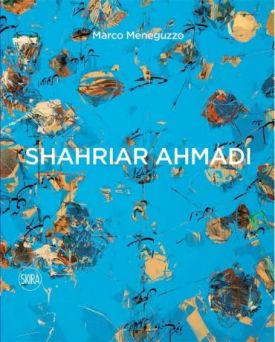
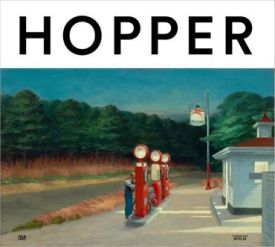
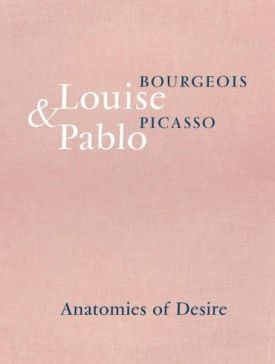

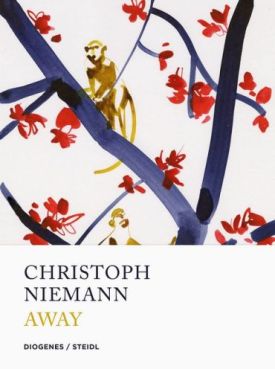
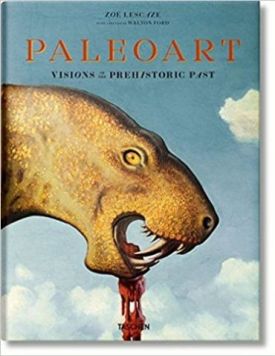
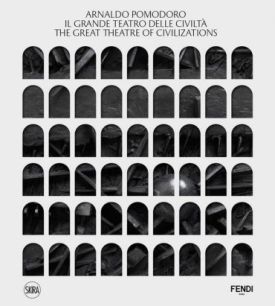



допоможіть тим, хто ще не читав